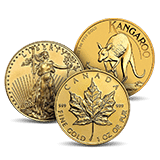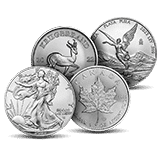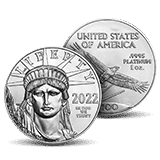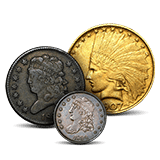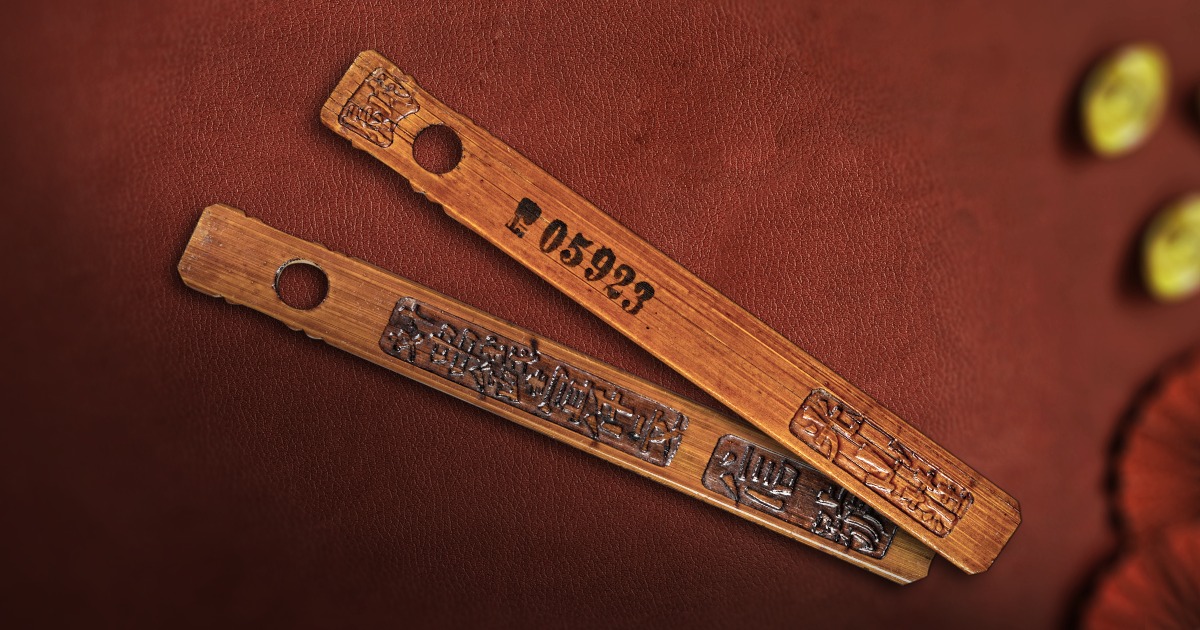
Throughout recorded history, societies have developed and adapted monetary systems to suit their conditions and available resources. One of the most intriguing examples of necessity giving birth to invention is bamboo money.
Bamboo money, or bamboo tokens, were an alternative currency that circulated in Eastern China, particularly in Shandong, Jiangsu, and Zhejiang provinces. Also known as bamboo tallies, these tokens served as a medium of exchange, promissory notes, and trade facilitators. Bamboo money played a pivotal role in sustaining regional trade networks, especially during currency shortages in the late 19th and early 20th centuries.
These tokens circulated widely from the 1870s to the 1940s and persisted in some areas into the 1960s.
Historical Context and Emergence
Early Uses of Bamboo Money
The origins of bamboo money dates to the Southern Song Dynasty (1127–1279), at which point they were used in local commerce and as a means of record-keeping. The alternative currency only found widespread circulation after the Taiping Rebellion (1850–1864), which severely impacted China’s economy and left critical currency shortages.
Decline of Qing Monetary Authority
In the late 19th century, the Qing government struggled to sustain circulating currency because of economic mismanagement and war. Consequential coin shortages and eroded trust in government-backed money led local economies to seek solutions for trade and commerce.
First Modern Issuance (1877–1895)
The first modern bamboo tokens were issued in 1877 by mat manufacturers in Xushuan. They were initially destined for transactions between suppliers and rural customers, but as the fiscal crisis deepened, these tokens soon spread throughout regional markets. By 1895, local governments recognized their use and began issuing them, which legitimized bamboo money as an alternative currency.
Production and Characteristics of Bamboo Tallies
Material and Manufacturing Process
Bamboo money was crafted by hand, using bamboo harvested from China’s coastal areas. Their production involved:
- Skin removal and cutting, wherein bamboo stalks were cut into rectangular pieces.
- Drilling a hole at the top of the bamboo, inscribing denominations, issuing entities, and sometimes dates on the obverse.
- Lacquering was applied in a light red transparent layer, which coated the tally for durability.
Denominations and Usage
Bamboo tallies came in a wide variety of denominations, including:
- Wén (文) – A standard Chinese unit of currency.
- Strings of cash coins (串) – Representing bundled copper coins.
- Qián (錢) – A common Chinese monetary unit.
- Tóngyuán (銅元) – Machine-milled coins valued at 10 wén.
- Jiǎo (角) – Served as a higher denomination unit for larger transactions.
- Yáng (洋) – Represented foreign silver coins.
- Commodity-based tallies – The denominations of these varied. Some were even denominated in tea bags rather than money.
Bamboo tokens circulated alongside standard Chinese coins of the day, as well as paper notes, copper tokens, and even bone-based currency, which provided flexible trade solutions.
Bamboo Money’s Role in Trade and Commerce
Bamboo money played a vital role in sustaining local economies during periods of currency shortages and economic uncertainty. In some parts of Eastern China, a lack of official government issued currency posed a challenge to everyday commerce. Without an alternative, businesses and markets risked stagnation, and worse, as farmers, merchants, and artisans were left without the means to conduct transactions.
Bamboo tallies provided an efficient solution which allowed commerce to function in the absence of traditional coins and currency. As the tokens were issued by trusted businesses and local governments, they became a reputable means of exchange, which helped to stabilize struggling local economies.
Although bamboo tokens are no longer in use, their legacy offers valuable lessons for alternative currencies, trade resilience, and sustainable economic models. Whether in historical trade systems or modern sustainability initiatives, bamboo money remains a symbol of innovation and adaptability.

